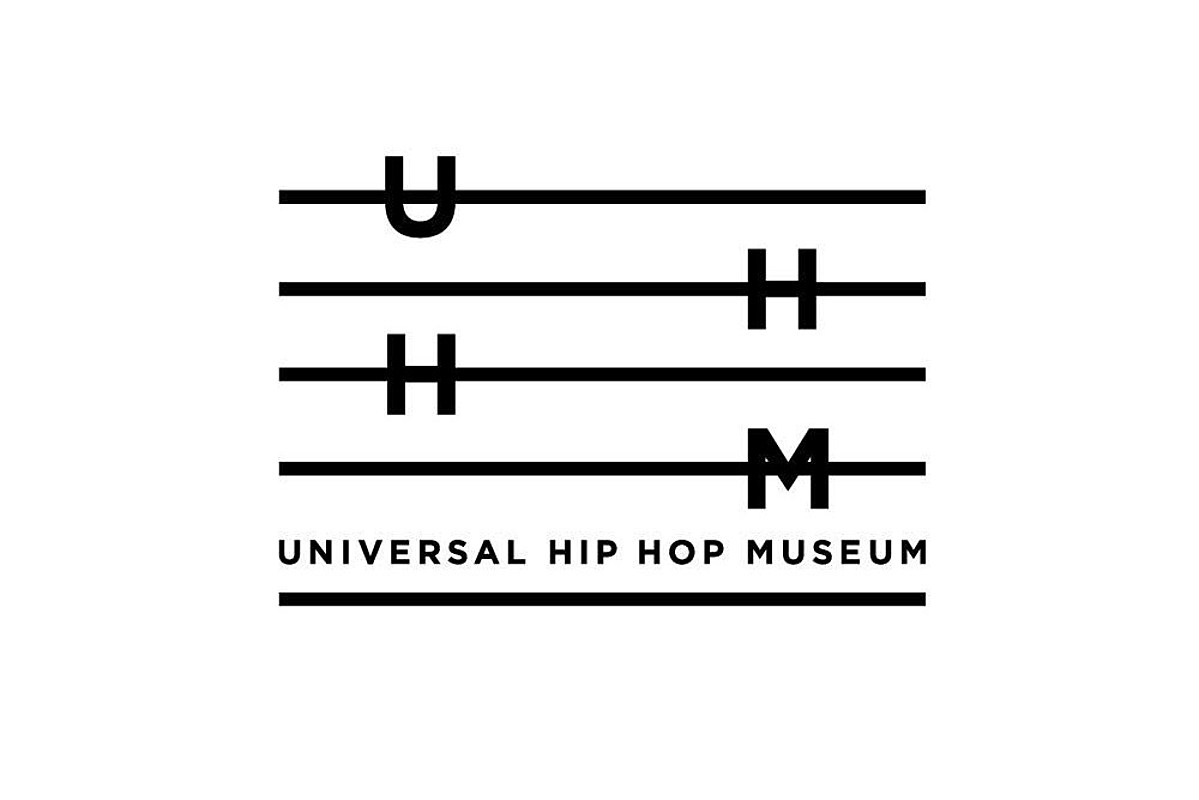Ground was broken on the first-ever museum dedicated to hip hop, The Bronx's Universal Hip Hop Museum, last year, and now NYC Mayor Eric Adams has pledged new funding to it. The $5.5 million investment includes $2 million from Adams, $2 million from Bronx Borough President Vanessa Gibson, and $1.5 million allocated by the City Council, ABC7 reports.
"Whether you are in Co-op City or Canarsie, New Yorkers deserve the opportunity to learn about some of the unique cultures in their backyard," Adams said. "Hip Hop tells the story of this city and the Bronx so vividly. It tells life amid poverty and crime, of turning pain into purpose, of making it. That's why I'm proud to announce our administration's commitment of $2 million in new capital funding for the Universal Hip Hop Museum, alongside $3.5 million from the local elected officials. The newer generation may not know about the history of hip hop in the Bronx, however, when we support our cultural groups, we allow the people of this city to connect and find these local jewels that serve as passports to historic destinations."
